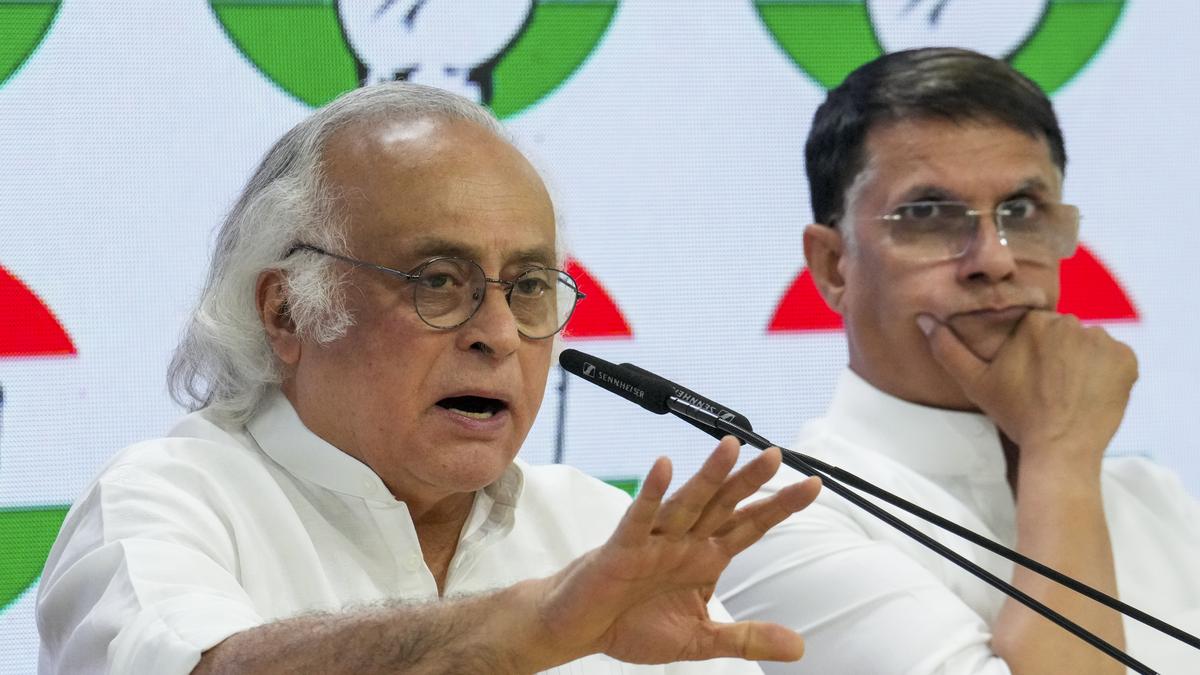Now Reading: SIET Workshops to Support 5,000 Gifted Children
-
01
SIET Workshops to Support 5,000 Gifted Children
SIET Workshops to Support 5,000 Gifted Children

Speedy Summary
- Workshop Proclamation: Teh State Institute of educational Technology (SIET) will conduct a STREAM workshop integrating STEM with robotics and art for gifted children under its Talent Lab project.
- Organizers & Timeline: The workshops, supported by the Center for Learning Engineering and Sustainability Education, University of Kerala, will be held in 41 educational districts starting next month. They aim to complete all workshops by December.
- Participation Details: Around 5,000 students (40 from classes VIII-X in each district) will participate in a seven-day module based on value-creation pedagogy aimed at societal impact.
- Curriculum Focus:
– Basic concepts like Newton’s laws of motion explored through hands-on projects such as solar cars or rocket propulsion.
– Topics on electronics (e.g., sensors, microprocessors) coupled with programming skills using Python for software functionality integration.
– Advanced topics like Artificial Intelligence (AI),Machine Learning (ML),Internet of Things (IoT),and Artificial Intelligence of Things (AioT).
– Problem-solving tasks addressing local issues such as waste management or road infrastructure with innovative solutions involving production management or home automation projects.
- Art Integration: Students will present their projects via creative mediums such as theatre, song, or dance to foster social responsibility and aesthetic awareness.
Indian Opinion Analysis
The SIET’s initiative to blend STEM fields with robotics and art under the STREAM framework reflects an innovative approach to holistic education. By combining scientific rigor with artistic expression, it aims to cultivate not only technological competence but also empathy and social responsibility among participants. This methodology recognizes that meaningful advancements often require interdisciplinary perspectives connecting technology with human-centered values.The focus on problem-solving at community levels-such as addressing waste management or water conservation-has practical implications for nurturing future innovators who are attuned to real-world challenges faced within India’s civic landscape. Furthermore, introducing advanced technologies like AI/ML at secondary school levels positions India well in fostering early exposure among its youth toward emerging global skills. If implemented effectively across regions without disparities in resources or access, this program could serve as a model for other states while preparing students both intellectually and socially for challenges ahead.
For more information: Read More























